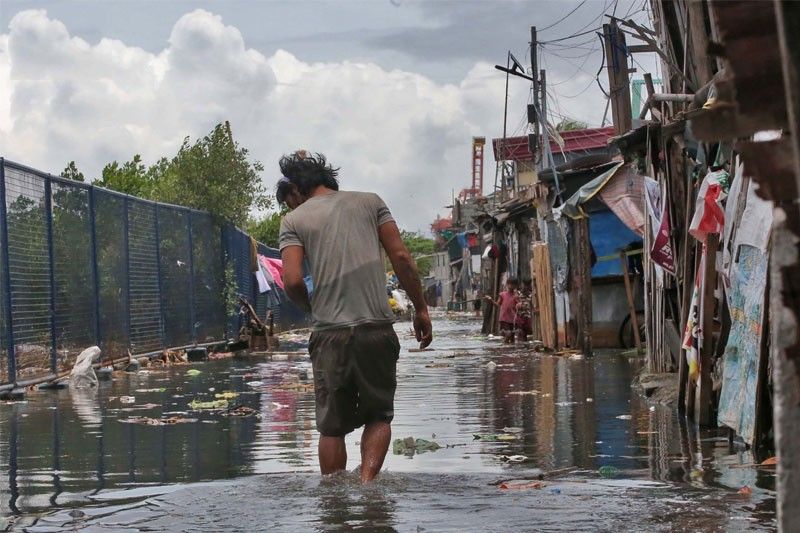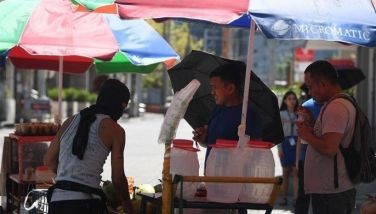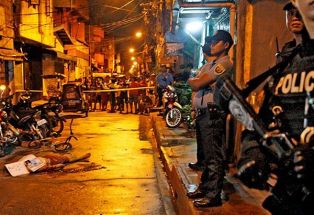NEDA targets 9% poverty rate by 2028

MANILA, Philippines — The government will need to see a 1.5-percent reduction in poverty incidence per year to reach its goal of bringing down the rate to nine percent by 2028, which the National Economic and Development Authority (NEDA) believes is achievable.
Meeting a nine percent poverty incidence goal by 2028 from last year’s 18.1 percent is easily doable, said Socioeconomic Planning Secretary Arsenio Balisacan during a forum of the 2022 Economic Journalists Association of the Philippines-San Miguel Corp. (EJAP-SMC).
“If we aim to reduce poverty incidence by nine percentage points in 2028 or over six years, we must observe at least a 1.5 percentage point reduction each year,” Balisacan said.
He said the nine percent goal by 2028 is achievable through the government’s three-pronged approach, which involves bringing growth to a higher level, improving the quality of growth through the creation of quality jobs in the formal sector and enhancing the social protection system to prevent those who lost their jobs to become poor.
“So if you can put all those in place, that’s very doable,” he said.
Balisacan cited the country’s experience when it saw an impressive reduction in poverty incidence to 16.7 percent in 2018 from 23.5 percent in 2015, as a result of strong growth and low inflation.
“Inflation is so critical,” he said, adding inflation remains a challenge to reduce poverty, especially as food constitutes a more significant proportion of the expenditures of poorer households.
In particular, food and beverage account for nearly 60 percent of the total expenses of the poorest 10 percent of the population.
“Rapid increases in food prices can very well dampen the effect of economic growth on poverty reduction,” Balisacan said.
Last month, the country’s inflation rate hit 6.4 percent, the highest in nearly four years amid faster increases in prices of food items and transport.
For the January to July period, the country’s inflation rate averaged 4.7 percent, higher than the two to four percent target range of the Bangko Sentral ng Pilipinas for the year.
If the inflation rate was at seven percent or eight percent, Balisacan said it would be right to question the possibility of achieving the target.
To address food inflation, he said there is a need to prevent price control as these usually do more harm than good.
“What we can do instead is to use, no matter how small, our resources to target the very vulnerable, particularly the poor groups, through the 4Ps (Pantawid Pamilyang Pilipino Program) or cash transfers,” he said.
For Ateneo de Manila University economics professor Leonardo Lanzona Jr., what would be crucial to getting more people out of poverty is to address the needs of those affected by the pandemic through job creation and providing for their necessities.
“This means that ayuda will not be enough. A program that will restore their employment will also be needed. In effect, a targeted program that will bring back their livelihood before the pandemic,” Lanzona said.
More importantly, he said productive employment programs should be promoted in the poorest regions since these are the areas with the greatest potential for growth.
“There is a need to develop other areas for growth since many of our industries are highly concentrated in only a few regions. Placing more investments in these poorer and more dispersed regions will result in greater returns,” he said.
- Latest
- Trending





























